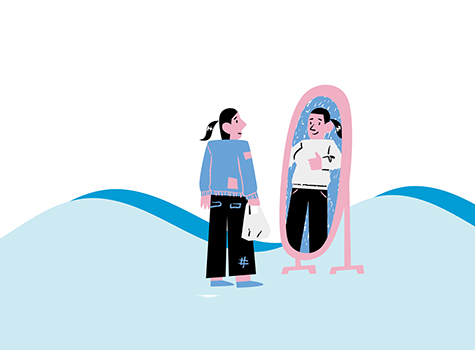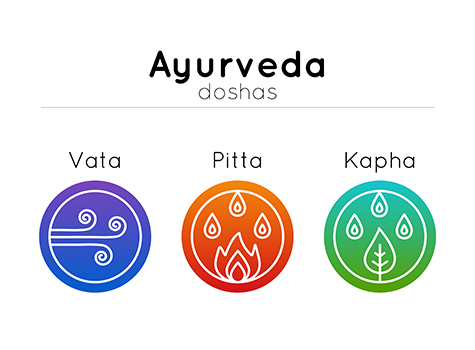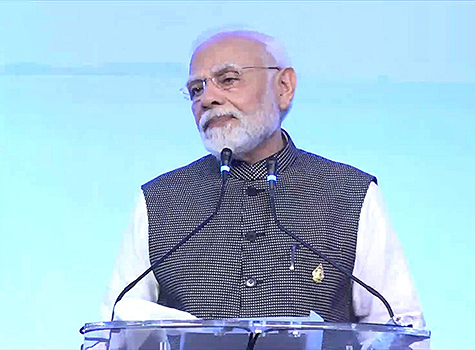We have been celebrating major Indian festivals such as Dasara and Diwali or Vijaya Dashami and Deepavali or however you want to spell it or name it depending on the regions. This also means it is time to get your best traditional clothing out of those closets and dress up to dance for hours until you get blisters on your feet. There is so much inner joy in dancing with family and friends. It is the same joy even the professional dancers get when they perform dance dramas working closely with their dance groups.

The festival of Dasara has many stories according to the regions in India. For the same reason, you will also have many dances in different classical and folk dances depicting the stories of the regions.
The name Dasara is derived from Sanskrit Dasha-hara referring to Lord Rama’s victory over the ten-headed demon king Ravana. In most of northern India and some parts of Maharashtra, Dasha-Hara is celebrated in honor of Lord Rama known as Ram Lilas. Most of these dances are the outdoor dance dramas attracting thousands of people.
In the region of Uttarakhand, the Dasara festival starts with the performance of Ram Lila which is unique as it is based on the musical rendering of the Katha or story of Lord Rama. It is based on the theatrical traditions set by Uday Shankar a dancer and a choreographer during his stay in Almora; Ram Lila has been recognized by UNESCO in its 2008 report as one of the representative styles of Ram Lila in India.
In South India same outdoor dance dramas are called Pagati Veshalu. In Kuchipudi dance style from South India a very popular item called Ramayana Shabdam is also performed. Kathakali dance style from Kerala also features Valmiki Ramayana with amazing costumes, props and make up. Folk Dance of Karnataka State Yakshaganam is performed widely depicting the story of Lord Rama’s victory over evil Ravana. In these unique dance dramas, the dancers must have a lot of stamina as they are also reciting dialogues and singing and dancing at the same time. I see it as an outdoor version of the Broadway show.
To celebrate this festival Vijaya Dashami, the day also marks the victory of Goddess Durga over the demon Mahishasura.
In Telangana, a joyful dance called Bathukamma is performed by all women. In Telugu, “Bathukamma” means “Mother Goddess come Alive.” Bathukamma is a beautiful flower stack, arranged with different unique seasonal flowers most of them with medicinal values, in seven concentric layers in the shape of a peak of a temple called Gopuram. As a young child in India, I remember creating my own art work with flowers and dancing around the flowers joining elders in their singing and clapping while going around the Bathukammas in a huge circle.
I guess that sounds familiar to many of you as it is similar to the famous Garba dances performed in the state of Gujarat. This dance also celebrates the victory of Durga Devi or Amba Matha as the women move in circular direction, singing at the same time measure by clapping their palms or snapping their fingers, to the accompaniment of folk instruments.
I do not want to miss mentioning the Durga Puja and the ceremonial processional dances in Kolkata. I will never forget my trip to Kolkata as a young girl and then getting stuck in the traffic due to Vijaya Dashami celebrations. One can only say that Durga puja is the largest outdoor art festival on earth. The music, dancing, and art displayed and performed during the Durga puja played an integral part in connecting the community in Bengal, and eventually across India and the world. I was so mesmerized by the size of celebration filled with live music, bright colored clothing and impromptu high energy dance moves, I never felt the two hours of being stuck in the car.
In Kuchipudi repertoire, one of the most famous dance dramas is the Mahishasura Mardhini, the killing of the buffalo demon Mahishasura. Goddess fought with evil demon for nine nights and ten days. The name Vijayadashami is also derived from the Sanskrit words “Vijaya-Dashami” literally meaning the victory on the tenth day.
This is the unstoppable beauty of our Indian classical and folk dances. Every festival is celebrated with music and dance, both in classical and folk traditions alike. There are many similarities in these dance forms even though they are from different regions. I only mentioned a handful of dance styles and folk traditions. I guess at least this gives you an idea of the vastness that exists in India when it comes to dance and music.
I will be performing with my students Mahishasura Mardhini with Lalitha Sahasra Namam during Dances of India on Saturday, April 23, 2016. Come and experience the power of dance dramas that bring our epics to life.
Posted: Tuesday, November 3, 2015



